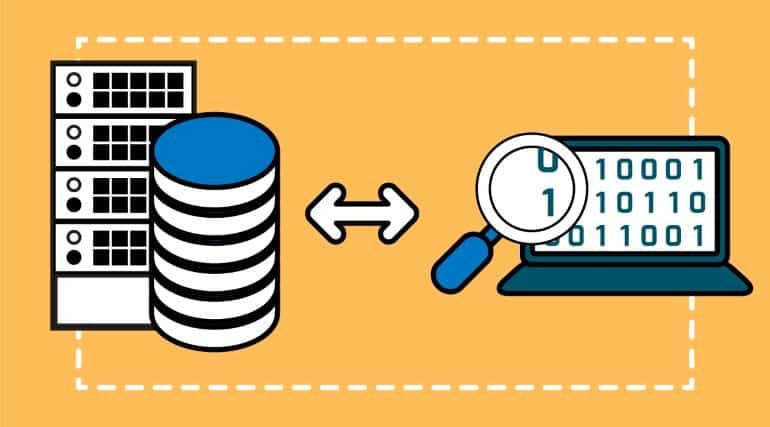Server-side programming refers to the development of software and scripts that run on a web server, as opposed to the client side, which executes in the user's browser. This approach handles the logic, data processing, and communication between the client and the server, enabling dynamic content generation, database interactions, authentication, and more.
Key Features of Server-Side Programming:
-
Dynamic Content Generation:
- Server-side scripts generate web pages dynamically based on user input, database queries, or other logic.
- For example, displaying a user's personalized dashboard after login.
-
Database Interaction:
- Server-side code handles retrieving, storing, and updating data in databases.
- Example: Retrieving a list of products from a database to display on an e-commerce site.
-
Security:
- Sensitive operations, like authentication and authorization, occur on the server to protect user data and system integrity.
-
Business Logic:
- Processes like calculations, data validation, or decisions based on rules often run on the server.
-
Client-Server Communication:
- Server-side scripts receive requests from clients (browsers, apps), process them, and send appropriate responses back.
Common Server-Side Programming Languages:
- JavaScript (Node.js): For building scalable, real-time applications.
- Python: Popular for frameworks like Django or Flask.
- PHP: Commonly used for building dynamic websites (e.g., with WordPress).
- Ruby: Known for Ruby on Rails, a productive web development framework.
- Java: Often used for large-scale, enterprise-level applications (e.g., with Spring).
- C#: Used in Microsoft’s .NET framework for robust web applications.
How Server-Side Programming Works:
- Request: A client (browser or app) sends an HTTP request to the server.
- Processing: Server-side code processes the request, often querying or updating a database.
- Response: The server sends an HTTP response back to the client, usually HTML, JSON, or another data format.
Example:
Login Form:
- User submits login credentials.
- Server-side code validates the credentials by checking a database.
- If valid, the server generates a session and sends a success response.
- If invalid, an error message is sent back to the client.
Server-side programming is critical for creating robust, secure, and dynamic web applications.
